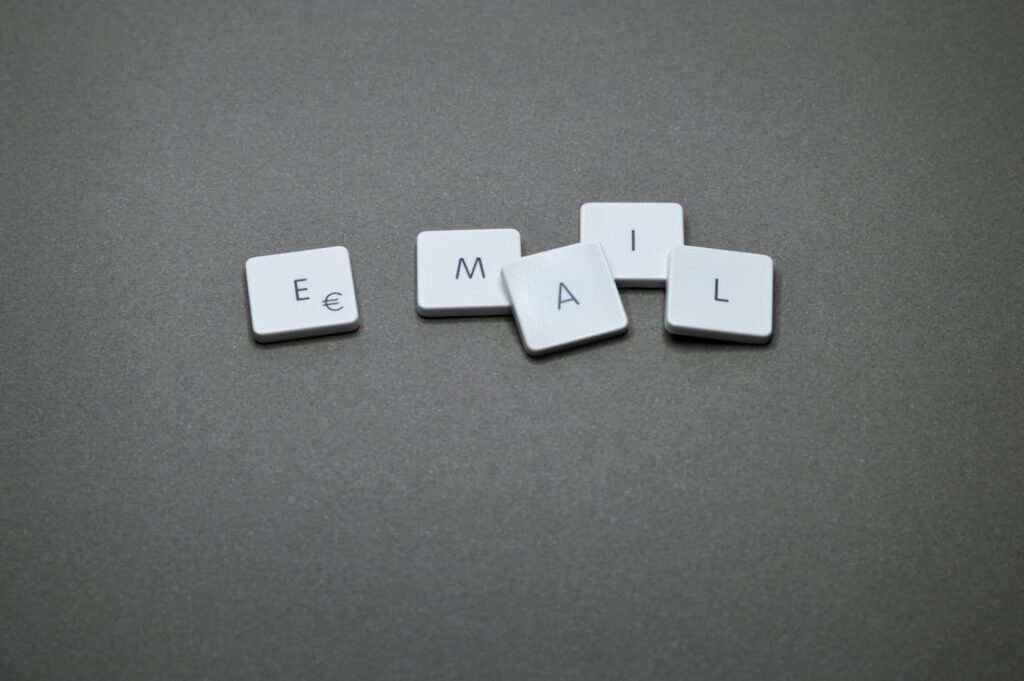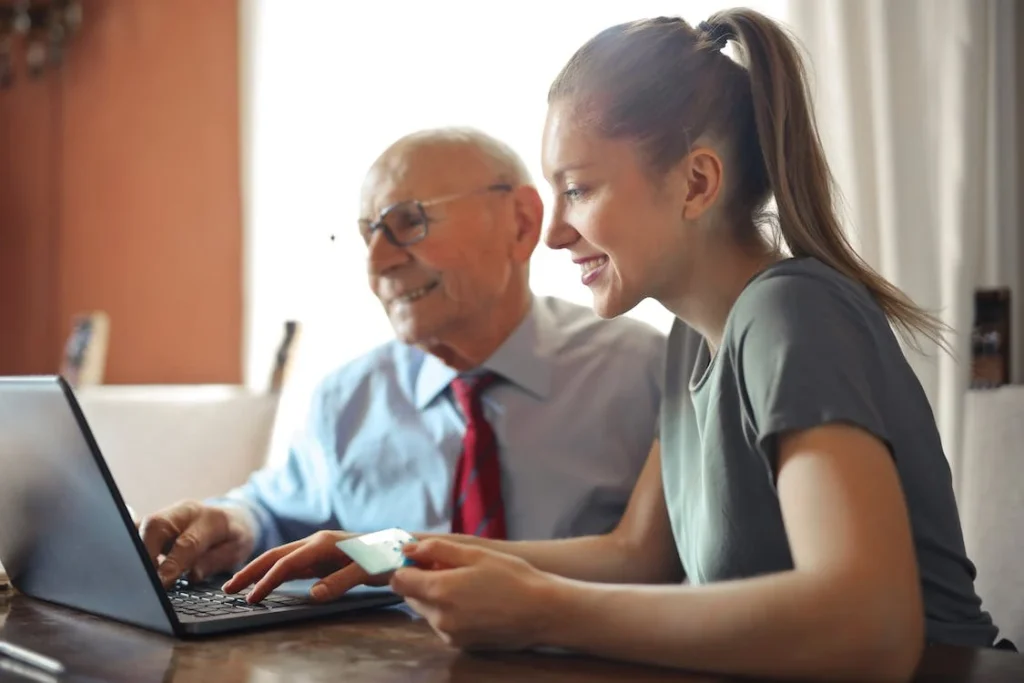Welcome, local business owners and community champions! In the bustling digital marketplace, email marketing remains an unsung hero, especially for the Davids against the Goliaths of the retail world. For a local business, it’s not just about making a sale—it’s about building a relationship with your community, your neighbors, and the people who walk past your storefront every day. And what better way to nurture these relationships than through thoughtful, personal, and impactful email marketing? Now, hold on. If you’re picturing a spammy inbox filler, think again. We’re talking about crafting emails that matter, emails that feel like a warm welcome as someone steps into your shop. The kind of email that makes someone say, “Hey, this was made just for me!” That’s the power we’re about to unleash.
Understanding Your Audience: The Art of Segmentation
Email marketing is not a one-size-fits-all game, especially when it comes to local businesses. Understanding who your customers are, what they want, and how they interact with your business is key to creating emails that resonate. This is where the art of segmentation becomes your best friend.
The Why and How of Segmenting Your Email List
Segmentation is essentially dividing your email list into different categories based on certain criteria, such as purchasing behavior, demographic details, or how recently they’ve interacted with your business. Why segment? Because it allows you to tailor your communication to the specific needs and interests of different groups within your audience. For example, if you run a local bookstore, you wouldn’t send the same email to a college student looking for textbooks as you would to a retired professor passionate about historical fiction. Segmenting allows you to tailor your content and offers to match their distinct interests, which can significantly increase the engagement rates of your emails.
Collecting Data for Effective Segmentation
Data collection is the backbone of effective segmentation. You can gather data through various means—customer feedback forms, purchase histories, website analytics, and social media interactions are all goldmines of information. Imagine you’re a local restaurant. By paying attention to reservation patterns and menu preferences, you can segment your emails to target “weekend brunch enthusiasts” or “weekday dinner regulars.” The key is to collect data respectfully and transparently, always offering value in exchange for personal information.
Crafting Your Message: Personalization and Content
Once you understand your audience, the next step is to craft messages that hit home. Personalization and content are the twin pillars that will make your emails stand out.
Personalization Beyond the First Name
Personalization is more than just slapping a first name onto an email template. It’s about creating an experience that feels custom-made. Let’s say you have a gardening supply store. Sending personalized tips on how to take care of plants that a customer recently purchased can transform an ordinary email into a valuable resource.
Content That Resonates and Adds Value
Content is king, and in the realm of email marketing, it’s what keeps your subjects—er, customers—loyal to the crown. Provide content that educates, entertains, and enlightens. Share stories about your employees, offer a behind-the-scenes look at your operations, or provide exclusive insights into upcoming products or events. Remember, the content that adds value keeps customers coming back for more.
Making Offers They Can’t Refuse
Engaging your local community isn’t just about sharing news and stories; it’s also about giving them reasons to walk through your door. Exclusive offers and promotions can do just that.
Designing Exclusive Promotions for Email Subscribers
Craft offers that make your subscribers feel special – like they’re part of an exclusive club. This could be a ‘Subscribers Only’ sale, early access to new products, or a special event. For instance, a local spa might offer a special package or discount for subscribers to celebrate a new season. Think about what your customers value and create offers that align with those desires. It’s not just about discounts but also about unique experiences that can’t be found elsewhere. A local pottery studio could offer a free class for subscribers bringing a friend, capitalizing on the community aspect and introducing new people to the craft.
Time-Sensitive Deals to Create Urgency
Creating a sense of urgency can encourage customers to act fast. Time-sensitive deals, such as a flash sale that lasts for just 24 hours or a special offer valid for a weekend, can spur subscribers to take advantage of the offer before it expires. For example, a local farmers’ market could send out an email blast for a “Saturday Special,” where the first 20 customers to mention the email get a discount on their purchase. This not only drives immediate action but also gives customers a reason to keep an eye on your emails.
Mastering the Timing of Your Emails
When you send an email can be just as important as what you send. Get the timing right, and you increase the chances of your email being opened and read.
Understanding the Best Times to Send Emails
Timing can vary depending on your industry and your audience, but there are general patterns you can start with. For local businesses, it often makes sense to time emails around when people are planning their week or looking for weekend activities. A café might send an email on Wednesday about a live music event on Friday night. This gives customers time to plan for the event but is close enough to the weekend to stay top of mind.
Using Local Events and Seasons to Your Advantage
Align your email marketing with local events, holidays, and seasons. If there’s a local festival coming up, send out emails that tie in with the event. A boutique could announce a special in-store promotion that coincides with the town’s annual street fair. Remember, local business marketing is about being part of the fabric of the community. Tie your emails to what’s happening in your subscribers’ lives, and your messages will always find relevance.

Related: Check out our free SEO suite

Automating Your Email Campaigns
In the busy life of a local business owner, efficiency is the key. Email automation isn’t just a fancy term—it’s a practical tool that ensures your messages reach your customers at the right moments without you having to click ‘send’ each time.
Setting Up Email Autoresponders
Autoresponders are sequences that are triggered by specific actions your customers take. Let’s take the example of a local pet shop. A customer signs up for your newsletter in the store, and they automatically receive a welcome email with a coupon for their next visit. If they purchase dog food, they could then receive an email three weeks later, right around the time the bag is running low, reminding them to restock. The beauty of autoresponders is that once they’re set up, they do the heavy lifting for you, nurturing customer relationships round the clock.
Creating Automated Email Series for Special Occasions
Birthdays, anniversaries, and other personal celebrations are perfect opportunities to show your customers you care. An automated email that offers a birthday discount or simply wishes them well can make a big impression. For example, a local bakery could send a birthday email with a coupon for a free cupcake. It’s a sweet gesture that not only brings joy to the customer but also encourages them to celebrate with your business.
The Power of Analytics: Understanding What Works
Every email you send is an opportunity to learn more about your audience. By analyzing the performance of your emails, you can continually refine and improve your strategy.
Tracking Open and Click-Through Rates
Open and click-through rates give you a window into how engaging your emails are. A high open rate means your subject lines are hitting the mark, while a high click-through rate suggests your email content is compelling. For instance, if you notice that emails featuring stories about your staff have higher engagement, you might decide to include such features more regularly.
Learning from Unsubscribes and Bounces
Unsubscribes and bounces aren’t necessarily negative; they’re an opportunity for learning. High unsubscribe rates after a particular email might indicate that the content or offer wasn’t well-received, prompting a strategy adjustment. Similarly, if you’re getting bounces, it’s a sign to clean up your email list for better accuracy and deliverability.
Keeping Content Fresh and Engaging
One of the biggest challenges of email marketing is maintaining a stream of content that keeps your audience interested and engaged. Fresh and relevant content ensures your emails are anticipated, not ignored.
Embracing the Power of Storytelling
Storytelling isn’t just for books and movies; it’s a powerful tool in email marketing as well. Share the stories behind your products, the journey of your business, or tales from customers who have had great experiences with your brand. For instance, a local hardware store could share a customer’s success story about a home renovation project, showcasing before and after pictures and the products they used.
Curating Content with Local Relevance
Since local businesses are an integral part of the community, curating content with local relevance can significantly boost engagement. This could involve highlighting community events, local news, or collaborations with other local businesses. For example, a community gym could write about a local charity run and how they’re contributing to the event.
Best Practices for Maintaining a Healthy Email List
A well-maintained email list is vital for successful email marketing. It ensures your messages are reaching people who are genuinely interested in what you have to offer.
Regularly Cleaning Your Email List
An outdated or bloated email list can lead to lower engagement rates and harm your email deliverability. Regularly remove inactive subscribers and incorrect email addresses. A local boutique could send a re-engagement campaign to inactive subscribers and then remove those who do not respond, ensuring that their list remains fresh and active.
Encouraging Opt-Ins and Respecting Preferences
Make sure you’re getting explicit permission from people to send them emails, which not only complies with email regulations but also builds trust with your audience. Additionally, allow subscribers to set their preferences in terms of content and frequency of emails. A local farmers’ market could offer different subscription options, such as weekly deals, monthly updates, or event notifications, so subscribers get exactly what they’re interested in.
Conclusion
In conclusion, email marketing remains an incredibly powerful tool for local businesses looking to strengthen their community bonds and drive repeat business. By harnessing the strategies we’ve discussed—from segmenting your audience to delivering personalized content and leveraging analytics for insights—you’re not just sending emails; you’re cultivating relationships and building a loyal customer base. Remember, the key to successful email marketing is a blend of consistency, personalization, and relevance. It’s about understanding the unique dynamics of your local community and engaging with them in a way that feels both genuine and valuable. With automation, you can ensure that this engagement is sustained and systematic, leaving you more time to focus on running your business.
READ NEXT:
- How to Create Buyer Personas for Your Business in 6 Steps
- The Growing Role of AI in Personalizing Email Marketing Campaigns
- How Jurny Can Boost their Website Traffic to 10k in 3 Months! (Our Take!)
- 3 Free Email Marketing Tools Every Marketer Should Know
- The Role of Chatbots in 24/7 Lead Engagement






















Comments are closed.